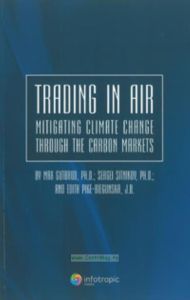В наличии
Цена за шт.
Количество
640
Итого: 640.00
Купить
Акции и скидки Поделиться
- Р Р‡.МессенРТвЂВВВВВВВВжер
- ВКонтакте
- РћРТвЂВВВВВВВВнокласснРСвЂВВВВВВВВРєРСвЂВВВВВВВВ
- Артикул:00003316
- Автор: Gutbord Max
- ISBN: 978-5-9998-0004-6
- Обложка: Мягкая обложка
- Издательство: Инфотропик Медиа (все книги издательства)
- Город: Москва
- Страниц: 160
- Формат: 60x84/16 (~143х205 мм)
- Год: 2010
- Вес: 170 г








